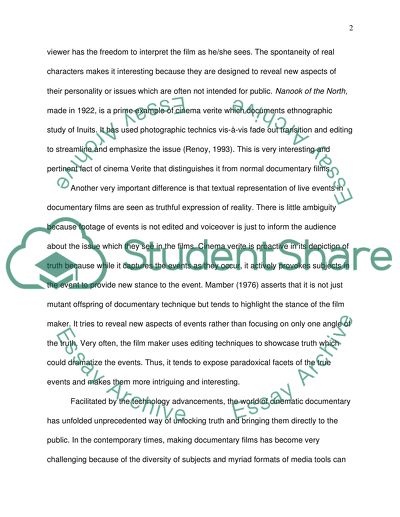Cite this document
(“In what ways does cinema verite differ from documentary film and what Essay”, n.d.)
In what ways does cinema verite differ from documentary film and what Essay. Retrieved from https://studentshare.org/visual-arts-film-studies/1467412-in-what-ways-does-cinema-verite-differ-from
In what ways does cinema verite differ from documentary film and what Essay. Retrieved from https://studentshare.org/visual-arts-film-studies/1467412-in-what-ways-does-cinema-verite-differ-from
(In What Ways Does Cinema Verite Differ from Documentary Film and What Essay)
In What Ways Does Cinema Verite Differ from Documentary Film and What Essay. https://studentshare.org/visual-arts-film-studies/1467412-in-what-ways-does-cinema-verite-differ-from.
In What Ways Does Cinema Verite Differ from Documentary Film and What Essay. https://studentshare.org/visual-arts-film-studies/1467412-in-what-ways-does-cinema-verite-differ-from.
“In What Ways Does Cinema Verite Differ from Documentary Film and What Essay”, n.d. https://studentshare.org/visual-arts-film-studies/1467412-in-what-ways-does-cinema-verite-differ-from.


